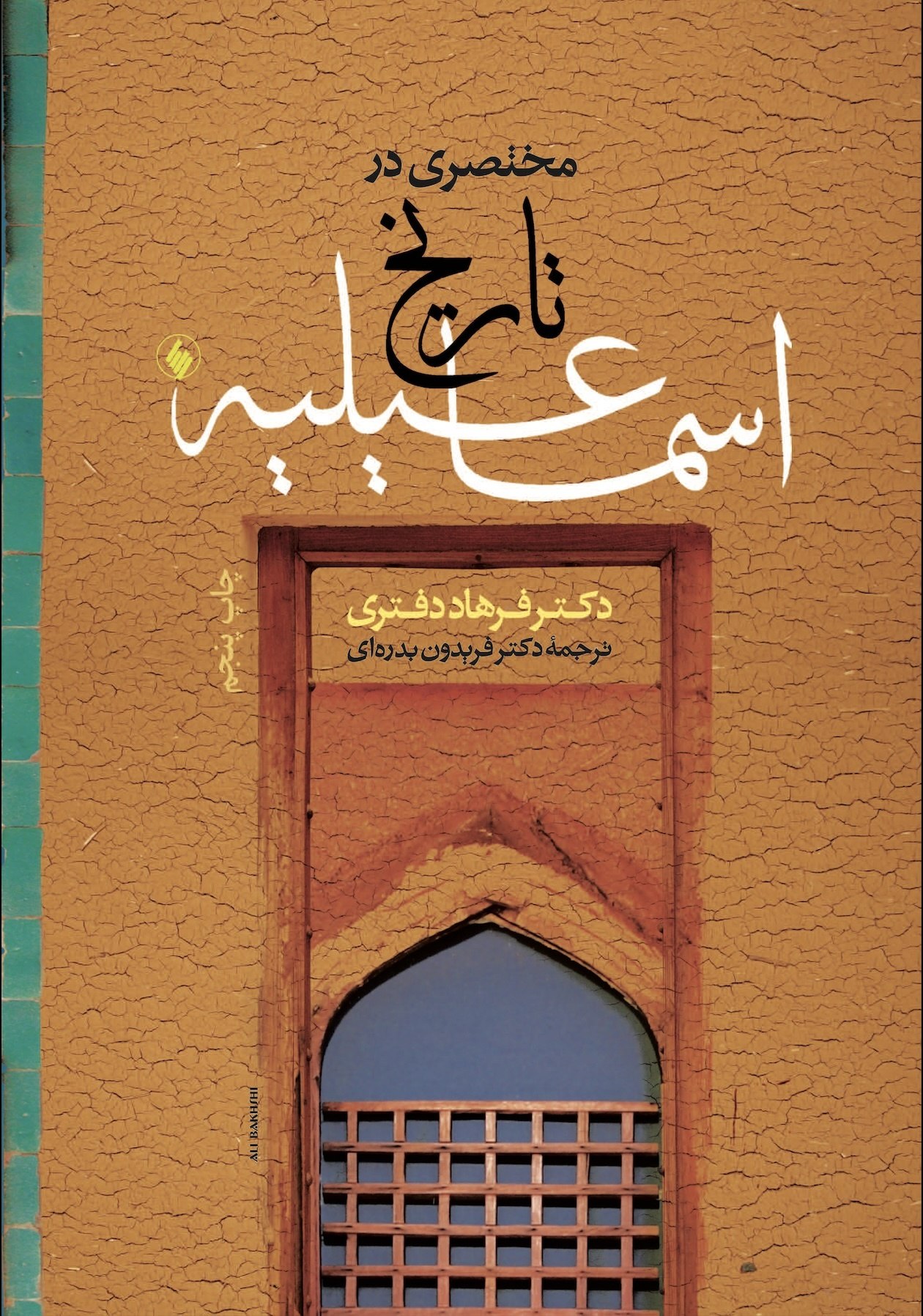This is a Persian translation of Farhad Daftary, A Short History of the IsmailisAdherents of a branch of Shi’i Islam that considers Ismail, the eldest son of the Shi’i Imam Jaʿfar al-Ṣādiq (d. 765), as his successor..
Description from A Short History of the Ismailis.
A major Shīʿī Muslim community with a long and eventful history, the Ismailis were until recently studied primarily on the basis of the accounts of their enemies, including the Sunni polemicists and the Crusader chroniclers. As a result, a host of legends were disseminated on the teachings and practices of the Ismailis. The study of Ismailism began to be revolutionised from the 1930s, with the recovery of a large number of Ismaili texts preserved in private collections. A Short History of the Ismailis brings together the results of modern scholarship on the highlights of Ismaili history and doctrines within the broader contexts of Islamic history and Shīʿī thought.
Contents from A Short History of the Ismailis
Preface
Note on Transliteration, Dates and Abbreviations
-
Ismaili History and Historiography: Phases, Sources and Studies
Phases in Ismaili History
Evolution of Ismaili Historiography
Anti–Ismaili Writings of Other Muslims
The Assassin Legends of Medieval Westerners
Orientalist Perspectives
Modern Progress in Ismaili Studies
Notes -
Origins and Early History: Shī‘īs, Ismailis and Qarmaṭīs
Diversity in Early Islam
Origins of Shī‘īsm
Early History of Shi‘ismSee Shi‘a.: The Kaysāniyya and the Imāmiyya
Ja‘far al–Ṣādiq’s Imamate, Abu’l Khaṭṭāb and Ismā‘īl
The Earliest Ismailis
The Da‘wa of the 3rd/9th Century
The Schism of 286/899 and its Consequences
Early Ismaili Doctrines
Notes -
The Fatimid Age: Dawla and Da‘wa
Overview
Foundation and Consolidation of the Fatimid Caliphate
Fatimid Achievements under al–Mu‘izz
Philosophical Ismailism of the Iranian Da‘is
Fatimid Ismaili Da‘wa and Dā‘īs: Cairo and the “Islands”
The Nizārī–Musta‘lī Schism of 487/1094
Later FatimidsMajor Muslim dynasty of Ismaili caliphs in North Africa (from 909) and later in Egypt (973–1171) More and Early Musta‘lī Ismailism
Notes -
The Alamūt Period in Nizari Ismaili History
Overview
Ḥasan Ṣabbāh and the Revolt of the Persian Ismailis
The Doctrine of Ta‘līm and Consolidation of the Nizārī State
Proclamation of Qiyāma or Resurrection
Rapprochement with Sunni Islam and al–Ṭūsī’s Interpretations
The Final Decades
Notes -
Later Developments: Continuity and Modernisation
Post–Alamūt Patterns and Research Problems
Early Post–Alamūt Centuries and Nizārī Relations with Sufism
The Anjudān Revival in Nizārī history
The KhojasA term probably derived from the Persian khwāja (lord, master). The Khojas are one of the Ismaili communities originating from the Indian subcontinent and now living in many countries of… and Satpanth Ismailism
The Bohras and Ṭayyibi Ismailism
Modern Developments in the Nizārī Community
Notes
Glossary
Select Bibliography
Index

